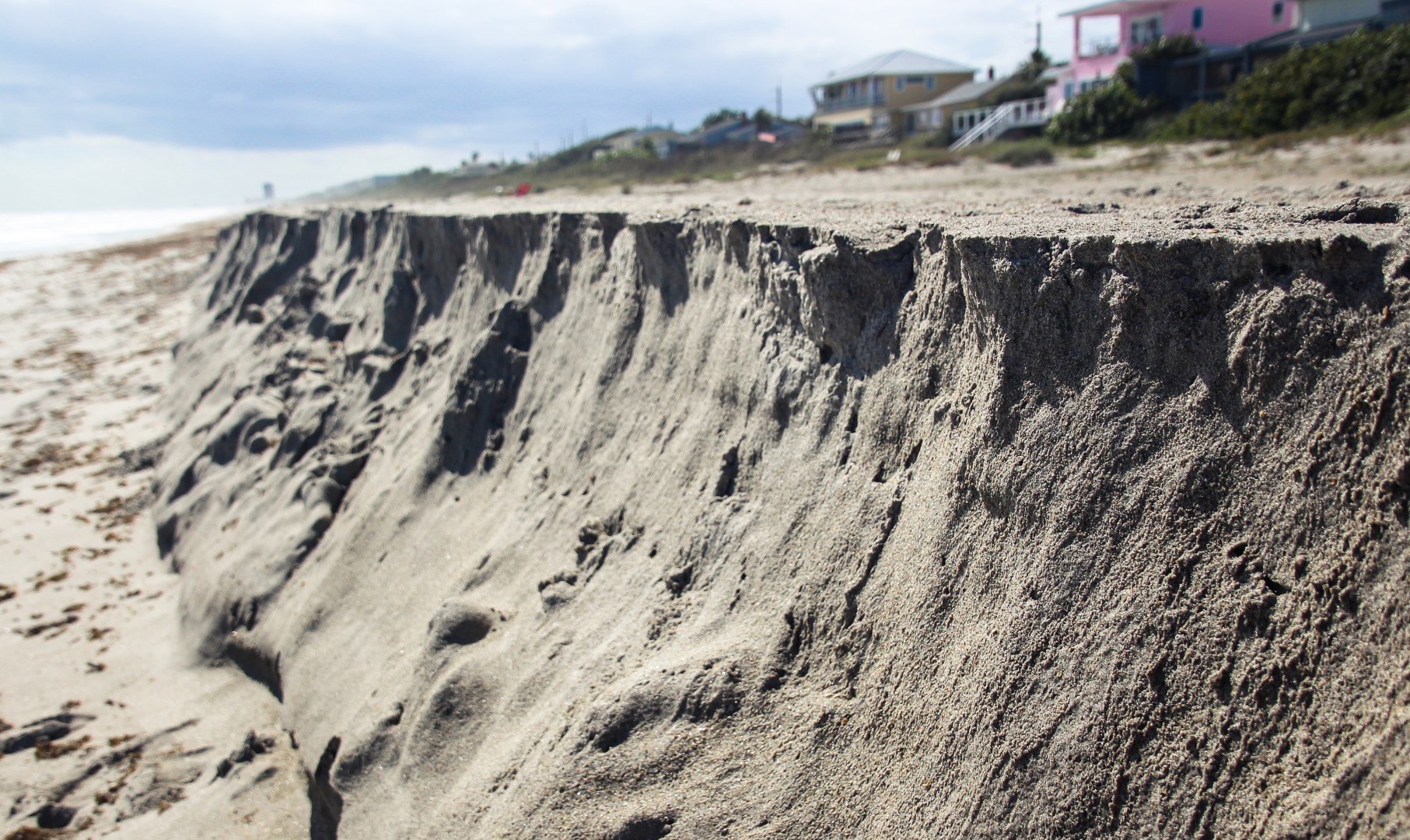

Early estimates placed Florida’s total economic damage from Hurricane Matthew in the range of $25-$70 billion.
With the weakening of the storm and a track that moved the storm eastward, the estimated damage from the storm dropped significantly, but that should not keep us from acknowledging the real threat Matthew was to Florida.
Real estate analytics firm CoreLogic estimates more than 954,000 homes in Florida are at risk of surge damage from a Category 4 storm. If Matthew had turned inland even by 20 miles, the losses experienced would have been on par with Hurricane Sandy.
Thankfully, managers of the Florida’s Hurricane Catastrophe Fund (or “Cat Fund” as it is commonly called) convinced Gov. Scott and the state Cabinet, sitting as the Board of Administration, to up the state’s purchase of reinsurance to $1 billion. That is on top of a record $17 billion in reserves due to a series of 10 years without a significant storm event.
So, Florida residents are less likely to see an assessment on our insurance bills, or as we call it, a “hurricane tax.”
Unlikely, that is, unless Florida gets hit by another storm. It is the scenario that keeps state insurance regulators up at night.
A second storm on the heels of a Hurricane Matthew would leave no other choice than to go to the bond markets, a costly step that, once again, relies on taxpayers to repay the state’s borrowings.
FWF has spent a number of years working with reinsurers and our allies in the Stronger Safer Florida Coalition to convince policymakers private insurance is the best means to cover risks in our coastal communities.
We believe it should not fall on the backs of taxpayers to cover repeated flood loss. Congress appears to be heeding these warnings as they prepare to re-enact the Nation Flood Insurance Program.
Measures by Florida Congressmen Patrick Murphy and Dennis Ross would establish private flood insurance markets. Similar measures have been enacted by the Florida Legislature, thanks to the hard work of State Sen. Jeff Brandes, who annually files legislation designed to reform Florida’s insurance codes.
A bill, filed by Reps. Ed Royce, a California Republican, and Earl Blumenauer, a Democrat from Oregon, addressing repetitive flood loss, is expected to eventually be wrapped into the reauthorization of the flood insurance program next year.
“Repetitive flood loss continues to place communities and families at risk while shortchanging the federal taxpayer and all those who pay flood insurance premiums,” Blumenauer said.
One NFIP-insured home valued at $69,000 flooded 34 times in 32 years and racked up $663,000 in claims, said Royce, the California congressman.
“It’s said that insanity is doing the same thing over and over again and expecting different results,” Royce said in a statement. “It’s time to stop the madness for policyholders and taxpayers who subsidize this cycle.”
Indeed, congressman!
Importantly, for Florida Wildlife Federation members and many of us who want to conserve low-lying coastal and riverine lands, this will ultimately serve to protect such habitat for the benefit of wildlife and public recreation.
Left in their natural state, barrier islands also serve to protect the mainland from storm surge and high winds.
Florida policymakers will no doubt be asked to replace millions of tons of beach sands lost to Hurricane Matthew.
Homeowners will light up their elected representative’s phones when premium notices are mailed. Citizens Insurance will, once again, be the target of renewed calls to take on new business and cap premiums.
In an age of sea level rise and extreme weather events, Florida cannot retreat from efforts to reform insurance and to educate residents on the dangers inherent in coastal living.
We have to remain steadfast in mitigating against the worst impacts and resolute in seeing that people learn to live with a constantly reshaping coastline.
___
Manley Fuller is president of the Florida Wildlife Federation, a private, tax-exempt, nonprofit citizens’ conservation and education organization working for the protection, enjoyment and sound management of Florida’s fish and wildlife and other natural resources.



